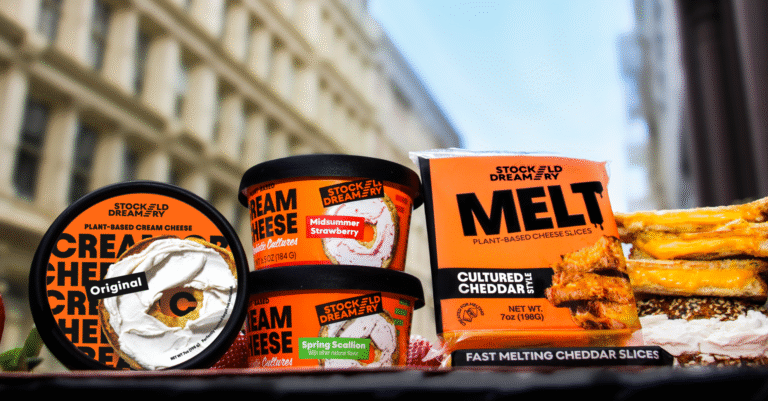Finnish startup Solar Foods says it has secured MOUs [memos of understanding] or LOIs [letters of intent] for more than half of the output of its planned commercial scale food production facility making protein from “thin air” via gas fermentation.
One of a handful of players making protein via microbes that get their food source from gases rather than sugars, Solar Foods is currently expanding the output of its pilot facility (Factory 01) from 160 tons/year to 230 tons/year.
Phase one (3,200 tons/year) of its large-scale facility (Factory 02) is set to be operational in 2028.
The plan is to proceed with the pre-engineering and implementation of Factory 02 with a network of strategic partners handling real estate, hydrogen production, electricity grids, and cooling and heating capacity, says CFO Ilkka Saura. “We have explored various options and found leading partners in their respective fields to implement Factory 02.”
Construction will be carried out in three phases. Phase one (3,200 tons/year) requires €134 million ($155 million), of which strategic partners would contribute €95 million ($110 million). Phase two (6,400 tons/year) would require €182 million ($211 million), of which strategic partners would contribute €127 million ($147 million). A potential third phase would increase capacity to 12,800 tons/year.
“The selling price is in line with the market price of whey protein isolate and concentrate,” says the firm.
AgFunderNews caught up with CEO Rami Jokela at the Future Food-Tech summit in London last month to ask:
- Why is gas fermentation potentially more cost-efficient or sustainable than sugar fermentation?
- Where is Solar Foods sourcing its carbon dioxide and hydrogen from? Is it cost-effective to create hydrogen from electrolysis on-site?
- What refinements have been made to the process to drive more efficiency?
- Can Solar Foods be profitable from phase one of Factory 02? How much of the output is the subject of LOIs or offtake agreements?
- How is Solar Foods pitching Solein (the protein-packed product produced via the fermentation)? As an alternative to whey protein? How will pricing compare?
- Is Solein primarily being seen as a source of nutritional fortification in things like bars and shakes or does it have useful functional qualities of interest such as gelling, emulsification, foaming?
- Does the bright yellow color limit its applications or is that a key part of its appeal?
- Which markets is Solar Foods targeting first and what kind of interest has it had? For customers, is this all about securing a consistent supply of protein, reducing Scope 3 emissions, or something else?
- Is large amounts of non-dilutive funding critical to the success of novel protein players such as Solar Foods?
Further reading:
Gas fermentation: the future of sustainable protein, or hot air? In conversation with AerbioBreaking: Gas fermentation ‘protein from air’ startup
Arkeon files for insolvency… ‘Every failure teaches us something new’
Unibio CEO: ‘We have the most efficient reactor design for gas fermentation’
Can gas fermentation deliver on its green promise for food and feed? In conversation with Calysta
Aerobic gas fermentation: the final frontier in novel fats?
The post Solar Foods CEO on scaling up protein from thin air: ‘We have MOUs and LOIs for more than 50% of new factory already’ appeared first on AgFunderNews.

